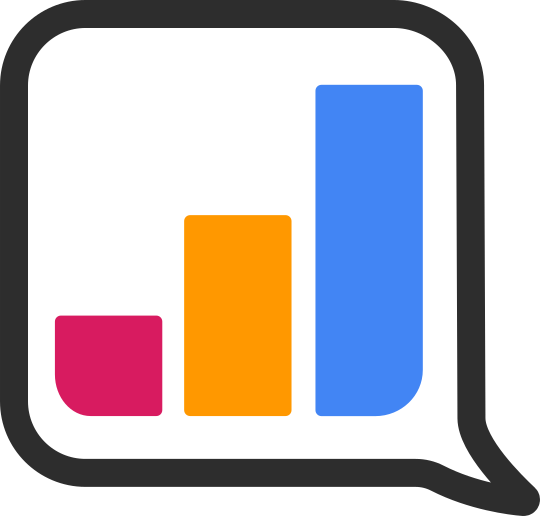Scopes are categories of greenhouse gas emissions. They show how emissions link to a company—whether from its own operations, its energy use, or its supply chain.
They force firms to count more than what happens on site. Emissions come from the power they buy, the goods they source, and the products they sell.
There are three scopes. Here’s how they work.
Summary
- Scope 1: Direct emissions from owned or controlled sources.
- Scope 2: Indirect emissions from purchased energy.
- Scope 3: All other indirect emissions across the value chain.
Scope 1: Direct emissions
Scope 1 emissions come from sources the company owns or controls—like gas boilers, fuel use on site, or company vehicles. Heavy emitters include manufacturers, transport firms, and farms
Scope 2: Indirect emissions from electricity
These come from the power a company buys—emitted at the power plant but counted against the end-user.
Think office lighting, industrial machinery, or heating and cooling systems.
The impact depends on how clean the grid is. High-energy sectors feel it most. Cutting Scope 2 usually means using less power or switching to renewables.
Scope 1 and 2 emissions in the electricity sector
Scope 1 emissions come from burning fuel to generate electricity, plus fugitive emissions from fuel extraction, processing, and delivery.
Emissions are typically measured in tonnes of CO₂ equivalent (CO₂-e) per gigawatt-hour—roughly enough to power 150 homes for a year.
Here’s how different fuels stack up on Scope 1 emissions:
Scope 3: Indirect emissions (value chain)
Scope 3 emissions include all other indirect emissions in a company’s value chain, beyond energy use. It is the broadest category and often the biggest.
It includes both upstream and downstream emissions—those tied to activities before production, such as supply chains and transport (upstream), and those released during the use or disposal of a product or service (downstream).
For example, Amazon's Scope 3 emissions come from the parts of its business it doesn’t directly control—but still relies on.
Upstream examples:
- Emissions from suppliers of goods, packaging, and cloud infrastructure components
- Transport emissions from moving goods into Amazon’s warehouses
- Business travel and employee commuting
Downstream examples:
- Delivery emissions from contracted drivers and third-party carriers
- The electricity used when customers plug in Amazon devices
- Emissions from disposal of packaging and electronics
Tackling Scope 3 means addressing supply chains, logistics, and the lifecycle of products.
Measuring and Reporting Emissions
Scope 1: Companies calculate emissions from fuel use and other direct sources using standard emission factors.
Scope 2: Emissions are based on energy bills and the carbon intensity of purchased electricity. Reporting follows the Greenhouse Gas Protocol, which distinguishes between market-based and location-based methods.
- Location-based method: Based on the average emissions of the local grid. E.g. An office in NSW is assigned emissions based on the NSW grid mix.
- Market-based method: Based on the emissions from the electricity a company chooses to buy, including renewables. E.g. A firm buying 100% renewable power through a power purchase agreement.
Scope 3: Companies rely on estimates, models, and supplier data to capture emissions across the value chain.

